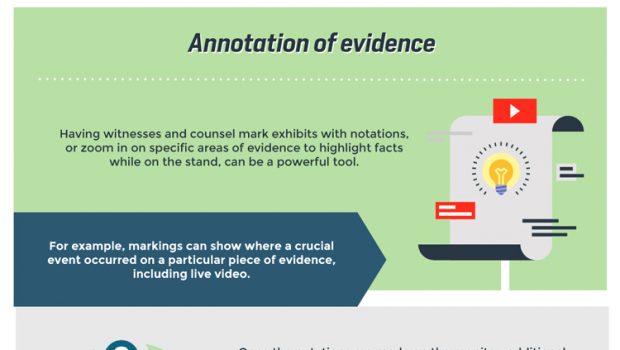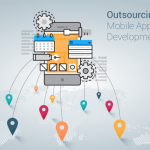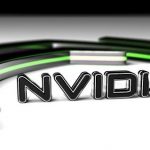Embracing Disruptive Technology [Infographic]
Disruptive technology in the legal industry still sounds quite far-fetched to some. Law firms, especially are still quite naïve on how to use disruptive technologies such as enterprise applications, mobile communications, the cloud, advanced analytics, and Internet of Things in their field of work. But as this digital wave continues to sweep in almost every business, it seems like nothing is going to stop its absolute adoption in the practice of law.
But the question of why disruptive technology is becoming a normalcy in the legal industry is still one of the questions that many law practitioners are still asking until this day. But as Christopher T. Anderson argues “Disruption does not come from the industry. Disruption will not come from law firms. Disruption comes, and is already coming, from our customers”. And it all makes sense because there are a lot of old trial presentation techniques that are no longer effective in communicating with the people inside the trial room.
In the courtroom, for instance, a “normal” trial proceeding which we are all accustomed to includes presentation techniques of writing important information on a large pad attached to an easel, and displaying important documents or photographs mounted on foam core boards. Though they are tried and tested throughout the years, disruptive technology has already proven its way to give more efficient and effective method of presenting information such as the use of multi-screen displays to play PowerPoint presentations and video deposition clips.
In addition to this, the use of advanced evidence management software also ensures that all evidence is presented with clarity and precision, something that is often hard to attain in the aforementioned old presentation techniques.
Aside from this, another disruptive technology equipment like annotation monitors also allows witnesses and other concerned parties to mark an exhibit with notations that can be preserved for later viewing. Once notations are made, additional markings may be added to identify the witness responsible for all notations.
All of the markings can also be removed so as not to influence the next witness who will have to annotate the same exhibit. This disruptive technology also proves that there is more effective and powerful way to highlight facts while on the stand, ensuring that exhibits are well presented and interpreted, which then enable the jurors to make more sound decision upon the case.
But there are some cases where a specific set of electronic tools are required by the court. This is where e-trial comes into the picture. An e-trial (electronic trial) is a trial conducted with the assistance of electronic tools- computer and software, and can be either limited or sophisticated, depending on the type of case being examined.
In a more limited trial, technology may be used solely for the purpose of displaying documents visually in the room, usually through the use of the joint book of documents (JBD) hosted on a certain computer within the courtroom or hosted outside the courtroom and accessed remotely through an internet connection. In a more sophisticated e-trial, all evidence will be received and be stored electronically during the trial, and be available to the parties and the trial judge throughout.
Though disruptive technology inside the courtroom often leads to more effective litigation, the success of a trial still relies on the preparedness of the trial lawyer to present the facts smoothly and effortlessly. If he has a strong grasped on disruptive technology and how it works, then an effective presentation will certainly ensue. See the infographic below to learn more about how legal industry is embracing disruptive technology to deliver maximum benefits for both clients and taxpayers alike.















